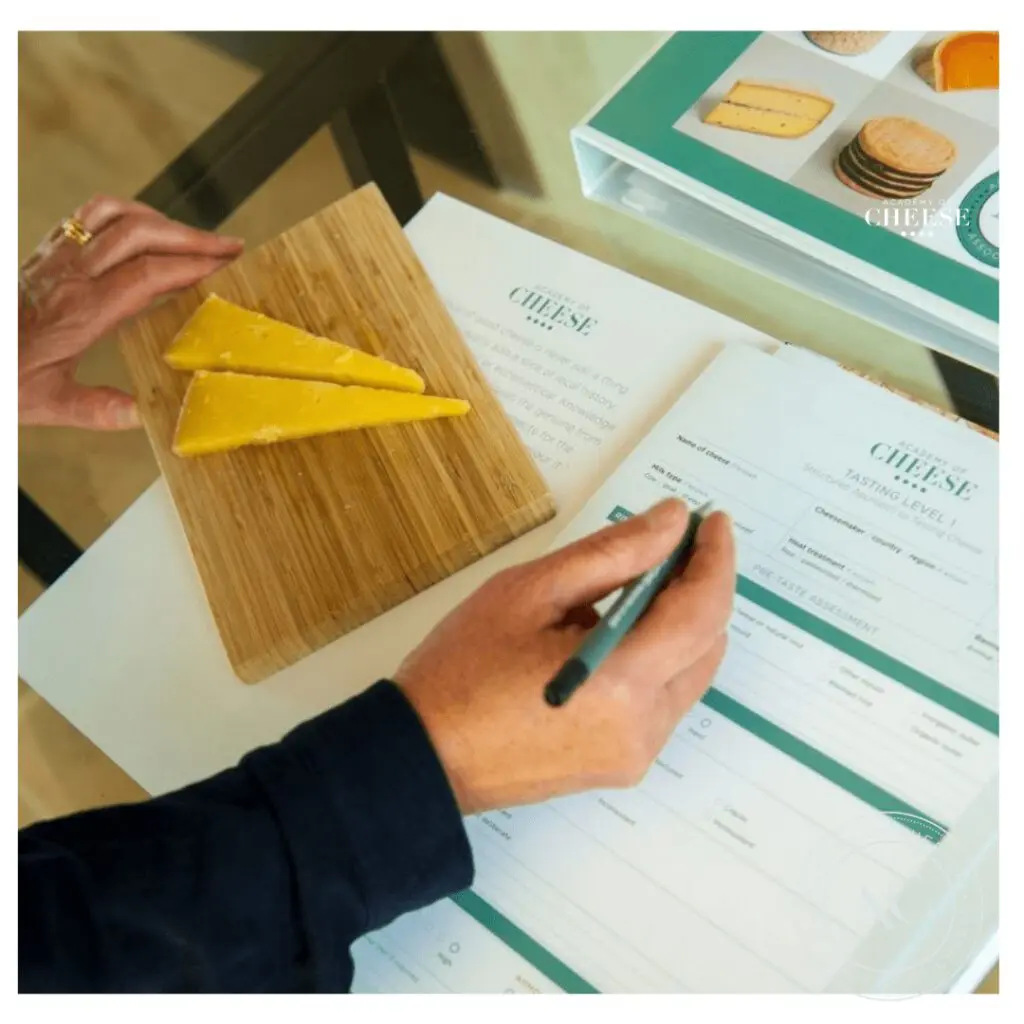Can I Eat the Rind?
One of the most common questions I was asked when I sold cheese for a living was “Can I eat the rind on this?” I didn’t mind the question: I understood the question. Indeed, if a customer was troubled by a gnarled Langres, or an ash-clad goats log which looked as though it had been rolled along the hearth, who was I to judge: some of those rinds were downright scary!
However, the knowledge I had gained through experience and training, whipped up with a predilection toward adventure and more than just a frugal attitude towards food waste, my answer was always the same…..YES, YES, YES! (unless, of course, they couldn’t, for which I explain below.)
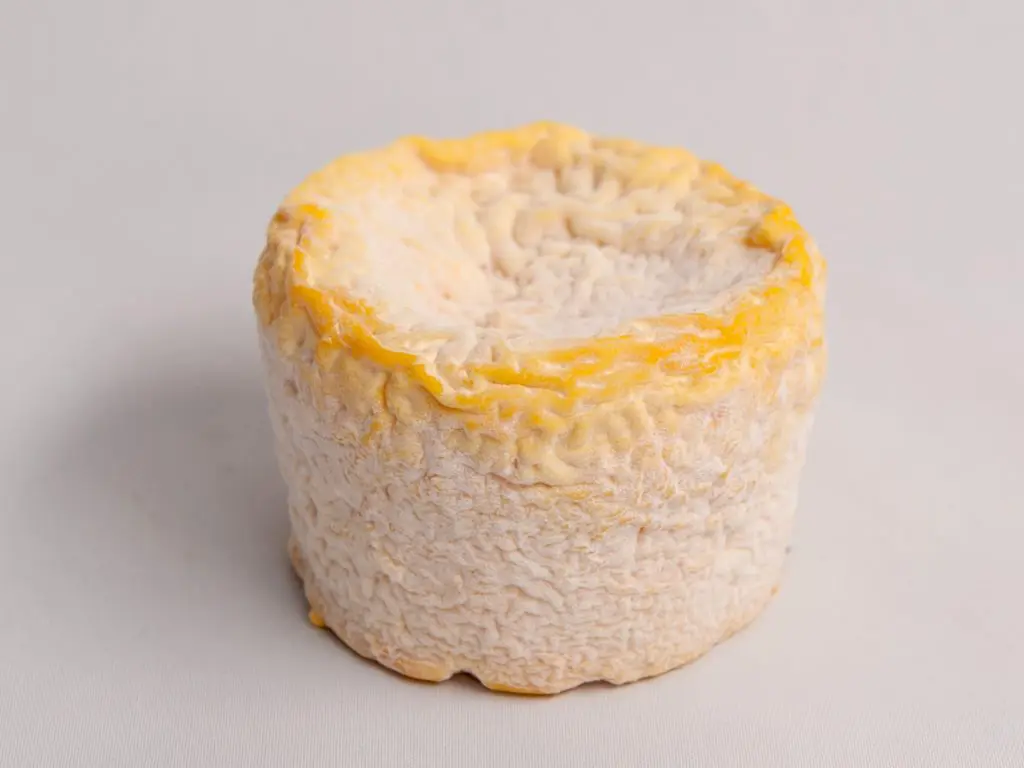


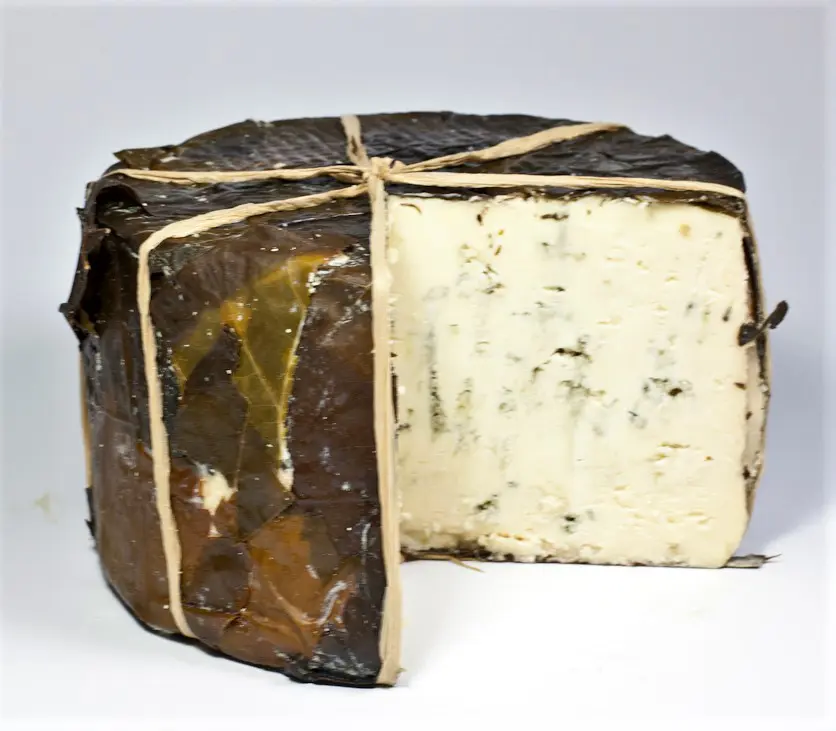
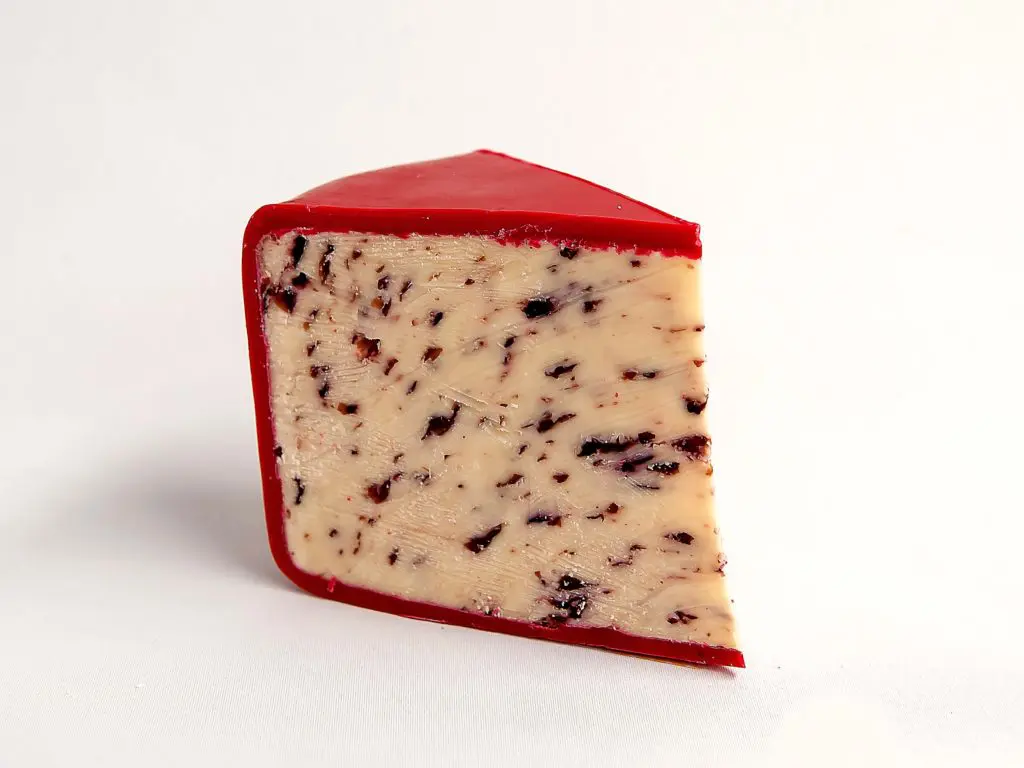


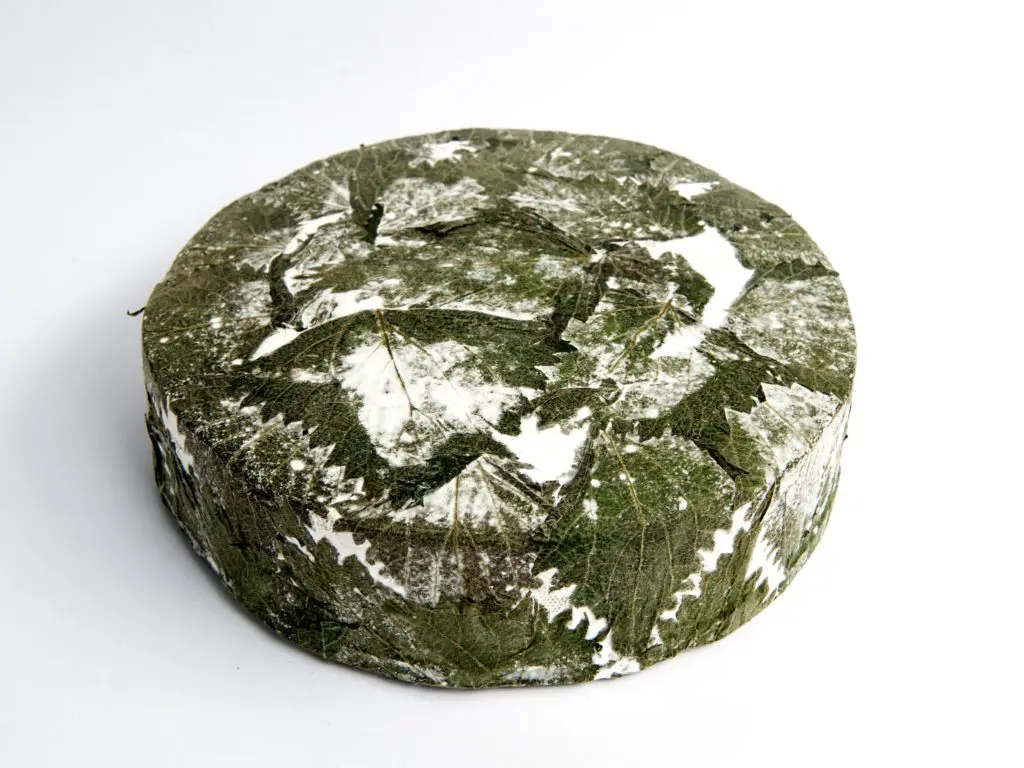
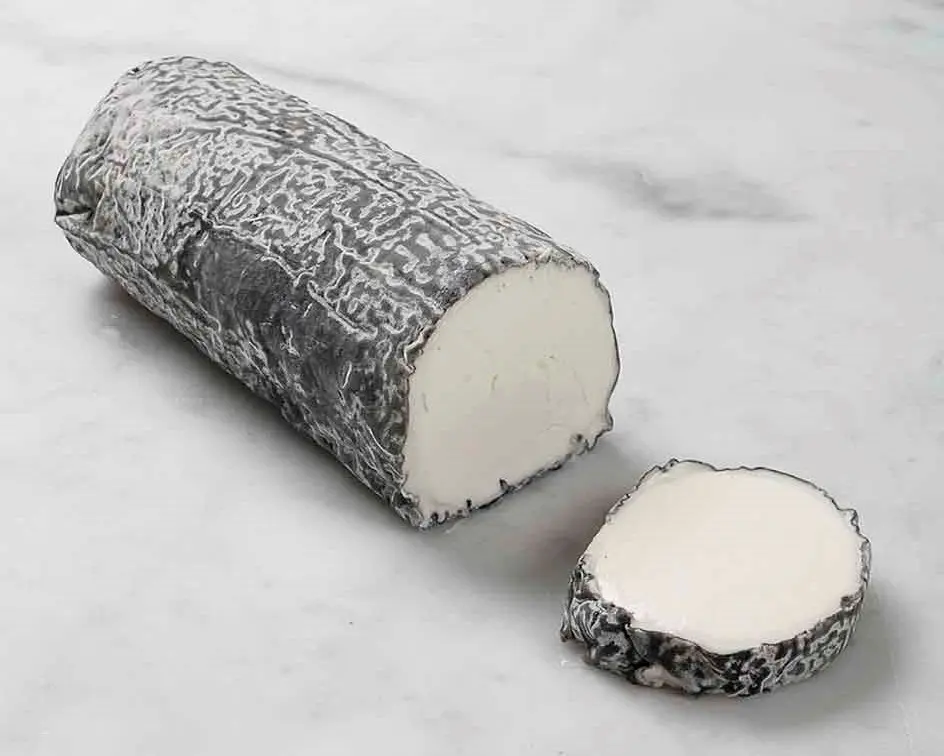
Not “can” but “should” you eat cheese rind?
In fact, the question here shouldn’t be “can” I eat the rind, more like “should” I eat the rind, because (unless the cheese is coated with an inedible substance like wax or cloth), rinds are totally safe to eat. At the end of the day, it really comes down to your personal preference. But here are some points to consider when choosing whether or not to be unkind to that rind.

What actually is cheese rind?
In simple terms, a rind is the outside layer on a cheese that forms during the ageing process, similar to the way a crust forms on a loaf of bread whilst being baked; furthermore, it is essential in helping the cheese on its heady journey to maturity. A rind might form naturally, as a result of the initial salting and exposure to air and will help the cheese from drying out further. The cheesemaker may brush or pat the cheese down to prevent certain moulds or yeasts growing, or they might wash the rinds with brine or oil to kick-start the personality of the cheese within. Most organic rinds are naturally edible and can, in most instances, actually enhance the cheese’s flavour. This is why ignoring the rind is like turning off the film halfway through. You don’t get the whole picture!
When the cheese comes wrapped in some inorganic material, however, such as wax, cloth or plasticoat (a form of breathable plastic), then there is nothing else to do, other than bin it, unless you want to check out Godminster’s tips for re-using their coatings here: https://www.godminster.com/blog/what-can-you-do-with-cheese-wax/
Tasting Toolkit
Three useful tools from the Academy Of Cheese to help you taste cheese like a pro.
Are all Rinds Created Equal?
To answer that question, we should consider the different types of rind:
The Bloomy Rind:

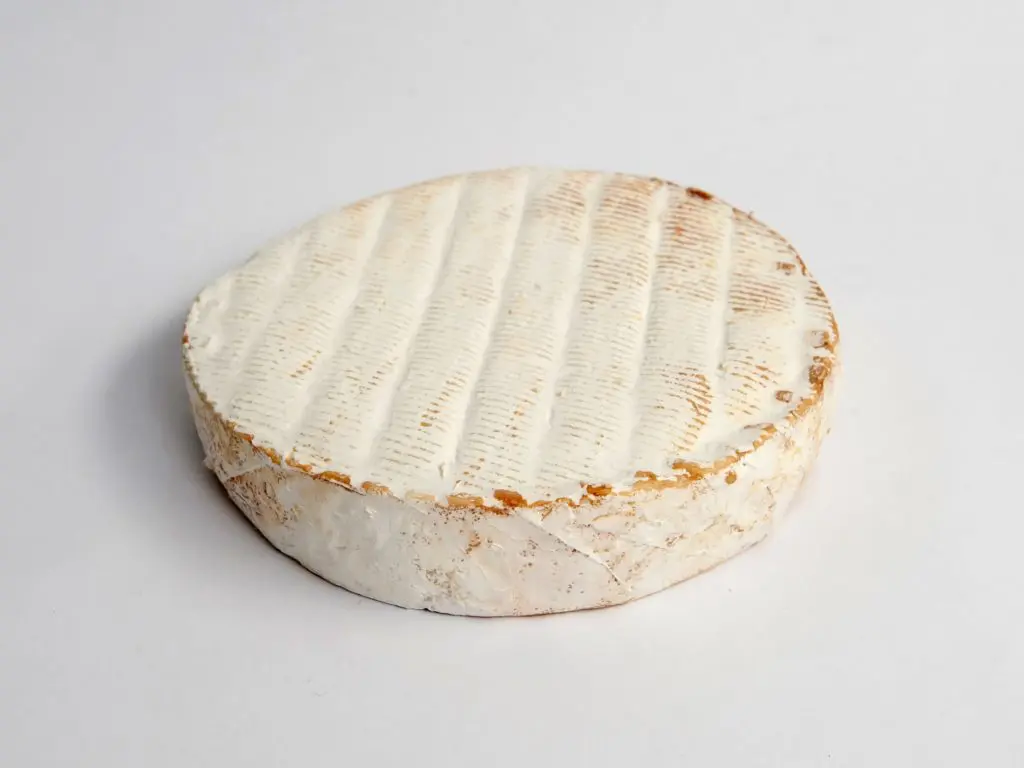
Think of a Brie de Meaux or Wigmore and their deliciously creamy interiors. This didn’t happen by chance; their seductive inners are essentially the crazy result of all the micro-organisms in those fluffy external moulds getting busy with the proteins and fats inside; effectively maturing the cheeses from the outside in. The flavour of these velvety rinds is often likened to mushrooms, yeast and earth and should definitely not be overlooked. See “Don’t Snip The Tip” below.
The Washed Rind:

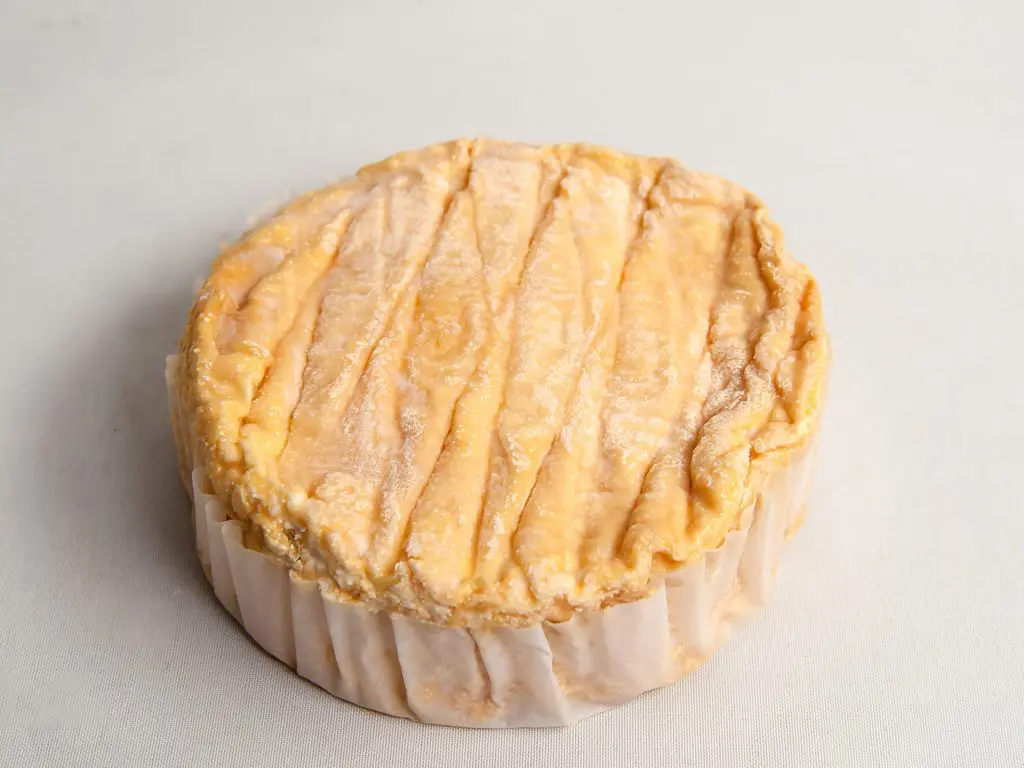
Often displaying sticky, orange and pungent skins, the Taleggios and Epoisses fall into this category. These rinds tend to be nutty and beefy in flavour, which act to intensify the umami-rich characteristics of the cheeses, whilst their often-crunchy nature can add an interesting texture to the tasting. These are perhaps the most neglected rinds, due to their often-objectionable appearance and odour, but next time give it a try with a good slab of the inner cheese…it will be a game-changer!
The Natural Rind:


As the name suggests, these rinds form with very little intervention from the cheesemaker. As the cheese ages, the surrounding air dries the exterior of the cheese, effectively causing a crust to form. For some cheeses, a vast range of flavours can be distinguished depending on proximity to the rind, for example, the horseradish flavours of a Quickes’ Vintage Cheddar are more noticeable on the rind, whilst the buttery notes are more discernible near the centre. A parmesan rind, however, although natural, will have thickened up so much in the 24 months of aging, that it is impossible to bite through. So, if you, like me, strive toward zero food waste, chuck it in your broccoli soup or Bolognese for a salty, umami kick (see “Waste Not Want Not” below).
The No Rind:

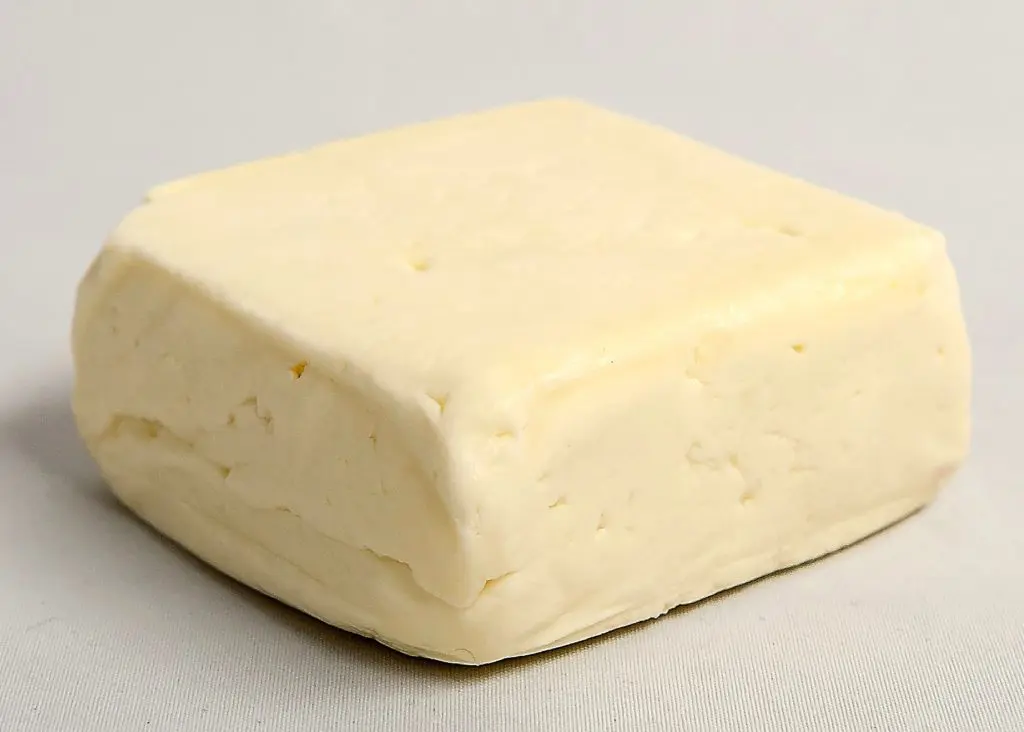
The exception to the above are “naked” cheeses. These include Fresh cheeses, such as Feta or Halloumi, that haven’t been aged for long enough to develop a rind and vacuum-packed block cheddars. These have the same flavours throughout.
Don’t snip the tip!
This relates to that disagreeable habit of cutting off the “nose”, (the pointy tip of the wedge). This bad cheese etiquette is actually misguided; with the greedy culprit very often thinking that they are getting the “best” of the cheese. Whereas, in fact, they are missing out on, and in doing so preventing their fellow diners from enjoying, the full range of flavours that the lovingly aged cheese spent time developing. To reiterate, a cheese (unless it’s wrapped in plastic and sold in 400g blocks in the supermarket) doesn’t taste the same in the middle as it does at the edge.
And if you’re still not convinced, then please don’t be one of those that “noses” the brie; cut a full wedge, then trim off the rind. But not for everyone else to pick around: leave it on your own plate!

Waste Not Want Not
If you still can’t be convinced to snuffle that crust, try one of these easy cheesy recipes and learn to rejuvenate your repudiated rinds!
Parmesan/Grana Padano rind

Perfect for grating – into soups, stews and risottos. Simply add into the simmering pot. Check out this delectable recipe for Parmesan Rind broth here:
https://www.jamesbeard.org/recipes/parmesan-broth-with-greens-beans-and-pasta
Stilton rind

Add into a silky cauliflower or broccoli soup.
Toast your rind

Simply toast the rind over a flame, like you would a marshmallow, then tuck into the tasty, melted nuggets, or toss them through a salad, in the same vein you would croutons.
https://www.tastingtable.com/691354/leftover-cheese-rinds-soup-stock-food-waste/
Freeze the rind
Parmesan or Gruyere rind can be frozen to throw into your next batch of stock.
Salad Dressing/Dip
Steep those tough parmesan rinds in Extra virgin olive oil for several days for a ready-to use salad dressing or dip for bread.

Multi-Cheese Sauce
If you’ve a collection of rinds, eg Stilton, Gruyere, Parmesan etc.…..melt into your next bechamel for a complex variation to Cauliflower cheese or lasagne.
Check out La Cucina Italia’s website for some additional practical and easy to follow tips on how to use up those cheese rinds.
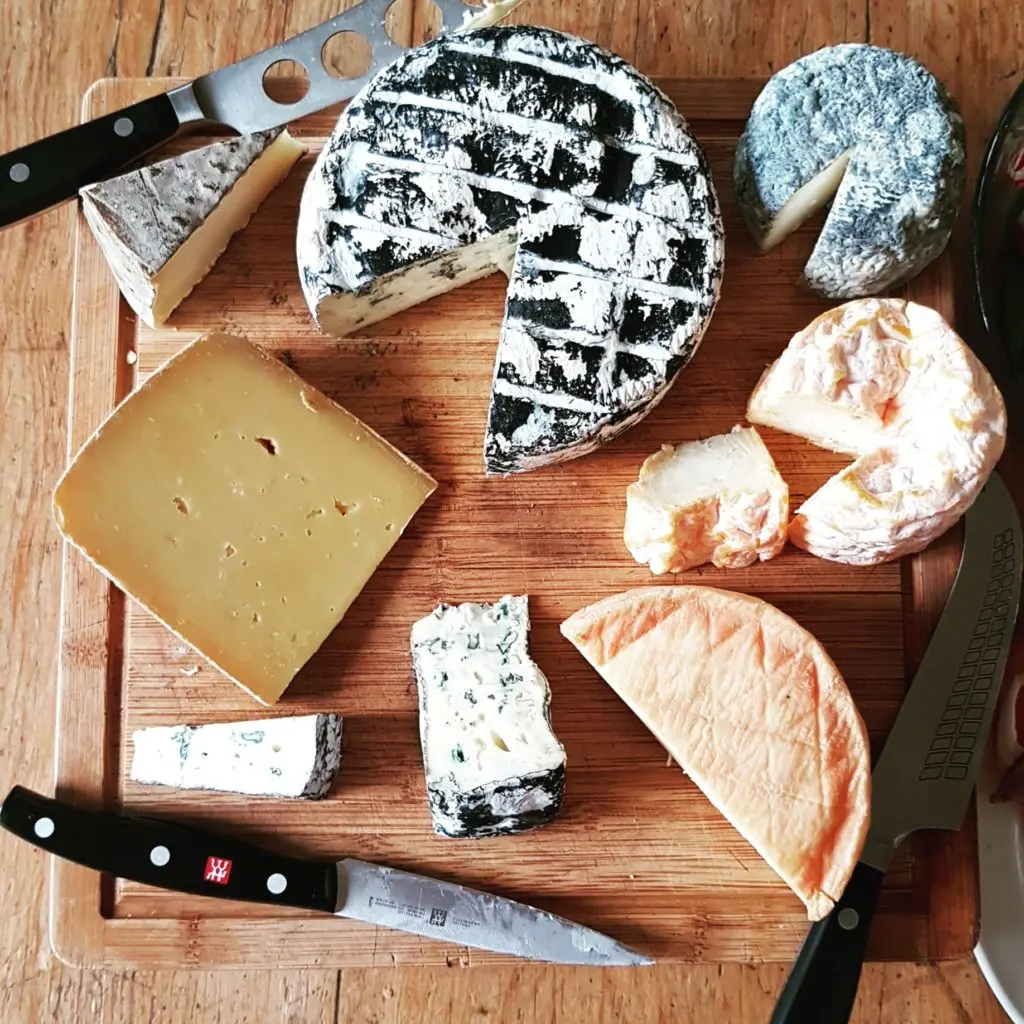

Rachel Holding | Academy of Cheese Writer
Rachel loves a good cheese and wine session. Her love of all cheeses, artisanal or otherwise, has grown from her early years of working on the cheese counter at Fortnum & Mason. She has a personal mission to taste as many cheeses as possible and to encourage this passion in others.

